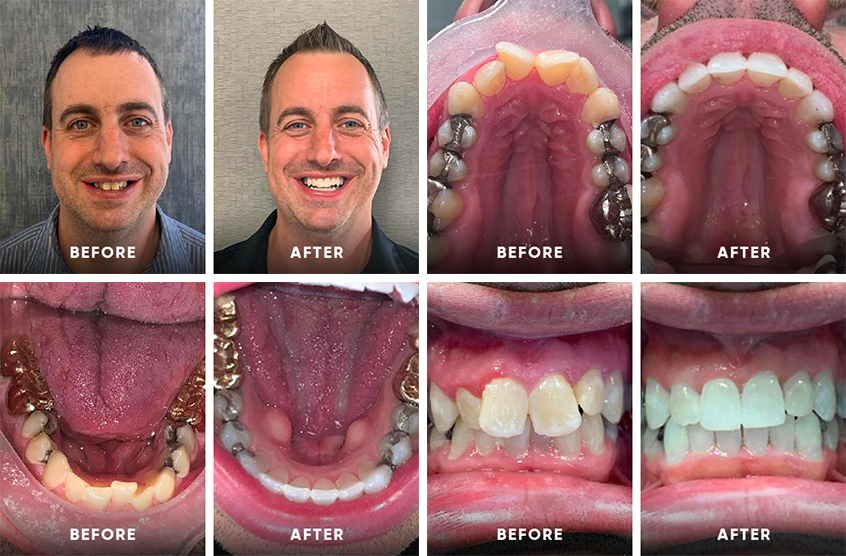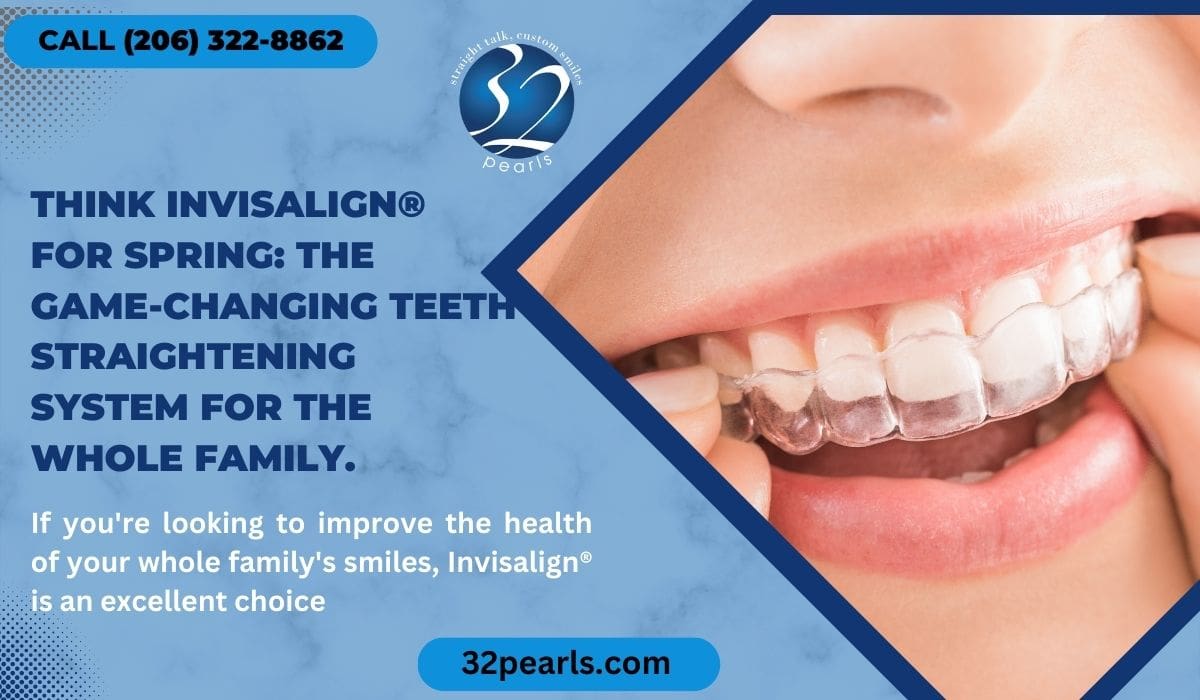Discover the Perks of Invisalign for a Perfect Smile Transformation
Discover the Perks of Invisalign for a Perfect Smile Transformation
Blog Article
Invisalign vs. Traditional Braces: Which Option Is Right for You?
When thinking about orthodontic treatment, the option in between Invisalign and typical dental braces presents numerous essential variables that warrant mindful evaluation. Invisalign offers a discreet option with detachable aligners, while typical dental braces offer a much more noticeable yet reliable option for extreme imbalance.
Summary of Treatment Choices

On the other hand, standard dental braces contain steel brackets and wires that are bound to the teeth. This method applies continual pressure gradually to accomplish alignment. While effective for intricate orthodontic problems, standard braces call for regular brows through for adjustments and can posture challenges in keeping dental hygiene because of the trouble of cleaning up about brackets and cords.
Both alternatives have their values, and the choice typically rests on particular oral problems, way of living choices, and patient conformity. Inevitably, speaking with an orthodontic expert is vital for determining one of the most suitable therapy plan customized to private requirements. Comprehending the nuances of each choice can dramatically affect the total success of orthodontic treatment.
Visual Considerations
A considerable aspect influencing the option in between Invisalign and traditional dental braces is the visual appeal each therapy provides. Invisalign aligners are crafted from clear plastic, making them basically undetectable when put on.
In comparison, traditional braces contain steel brackets and wires, which can be extra obvious. While advancements in orthodontic modern technology have brought about the advancement of smaller braces and colored elastics, typical dental braces still preserve a more obvious account. For some individuals, the visibility of braces might hinder them from looking for essential therapy.
Inevitably, the selection between Invisalign and standard braces might depend upon personal preferences concerning looks. Individuals who focus on discretion commonly favor Invisalign, while those who are less worried about exposure might choose for conventional braces. Recognizing the aesthetic ramifications of each option is crucial for making an informed decision that straightens with one's lifestyle and preferences.
Comfort and Convenience

In terms of convenience, Invisalign aligners are detachable, making it possible for patients to appreciate their favored foods without restriction and maintain optimal oral hygiene. Cleaning and flossing are simplified, as the aligners can be taken out during these routines, whereas traditional dental braces require careful steering around braces and cords.
Furthermore, Invisalign's progressive system permits fewer orthodontic visits. People generally obtain several collections of aligners simultaneously, which can improve the therapy process and reduce time spent in the orthodontist's chair. In contrast, conventional braces demand regular adjustments, making them less practical for those with hectic routines. Invisalign. Overall, the comfort and ease of Invisalign make it an attractive choice for many people seeking orthodontic treatment.
Treatment Duration and Effectiveness
While both Invisalign and traditional dental braces are effective in fixing dental misalignments, the period of therapy can vary substantially in between the two alternatives. Normally, Invisalign therapy can take anywhere from 12 to 18 months, depending upon the complexity of the instance. The clear aligners work by slowly changing teeth into their preferred placements, and normal follow-ups with an orthodontist aid ensure progress continues to be on course.
On the other hand, conventional braces usually need a longer dedication, usually you can check here varying from 18 months to 3 years. This is due to their fixed nature and using braces and cords, which can be extra efficient for severe imbalances and intricate situations (Invisalign). The therapy performance of conventional braces is well-documented, as they enable exact modifications and better control over tooth movement
Inevitably, the option between Invisalign and conventional dental braces may depend upon both the anticipated treatment period and the certain dental problems available. Consulting with an orthodontist is essential, as they can give tailored suggestions based on private needs, making sure the selected approach aligns with preferred results and timeframes.
Cost Comparison and Insurance Policy Choices
Expense plays a considerable function in the decision-making process for people considering orthodontic treatment, whether going with Invisalign or conventional dental braces. Typically, the price of Invisalign ranges from $3,000 to $8,000, while conventional braces usually cost between $2,000 and $6,000. Aspects affecting these costs consist of the intricacy of the instance, the duration of therapy, and geographical place.
Several dental insurance plans give partial protection for orthodontic treatments, but the specifics can differ widely. Typically, traditional braces may be a lot more frequently covered by insurance policy plans compared to Invisalign, which Home Page some insurance providers classify as a cosmetic procedure.
Additionally, numerous orthodontic methods offer adaptable layaway plan, making both treatment choices a lot more available. People need to ask about possible financing options and price cuts for in advance settlements. Assessing the total price, consisting of insurance advantages and settlement plans, is crucial for making an educated choice that lines up with both visual preferences and budget plan considerations.

Final Thought
In summary, the selection between Invisalign and you could check here typical braces depends upon numerous aspects, consisting of aesthetic preferences, comfort, treatment period, and expense. Invisalign offers a very discreet, removable option that promotes oral hygiene and nutritional adaptability, while typical dental braces may be a lot more ideal for complex oral problems and often come at a reduced rate point. Ultimately, consultation with an orthodontist is necessary to analyze private situations and establish one of the most suitable therapy alternative for accomplishing ideal oral placement.
When thinking about orthodontic treatment, the choice in between Invisalign and traditional dental braces presents several essential elements that merit cautious assessment.Comparing Invisalign and typical dental braces discloses distinct treatment options for orthodontic modification.While both Invisalign and typical braces are effective in fixing dental misalignments, the period of treatment can differ significantly between the two choices.Price plays a significant duty in the decision-making process for individuals considering orthodontic therapy, whether deciding for Invisalign or traditional dental braces.In recap, the option between Invisalign and traditional braces hinges on several aspects, consisting of visual choices, comfort, treatment period, and price.
Report this page